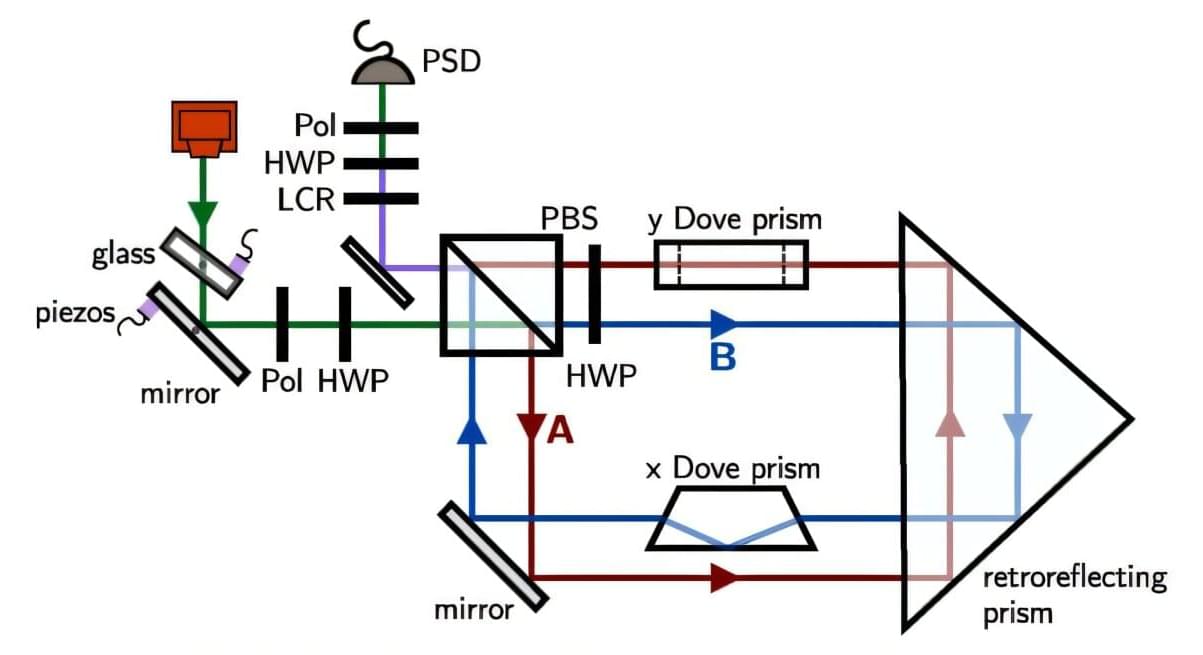Seasonal influenza activity remained high and increased in late December, prompting the CDC to classify the 2025–26 flu season as “moderately severe.” The agency estimates at least 11 million illnesses, 120,000 hospitalizations, and 5,000 deaths so far—substantially higher than the same point last season. Experts note flu cases are underreported and expect the peak in the coming weeks.
Jan 5 (Reuters) — Seasonal influenza activity remained elevated and rose in the final week of December, U.S. Centers for Disease Control and Prevention data showed on Monday, as the agency for the first time classified the 2025–26 season as “moderately severe.”
CDC estimates the season’s toll so far at least 11 million illnesses, 120,000 hospitalizations and 5,000 deaths.
In the 2024–25 season, CDC estimated at least 5.3 million illnesses, 63,000 hospitalizations and 2,700 deaths in the week ended December 28, 2024.









